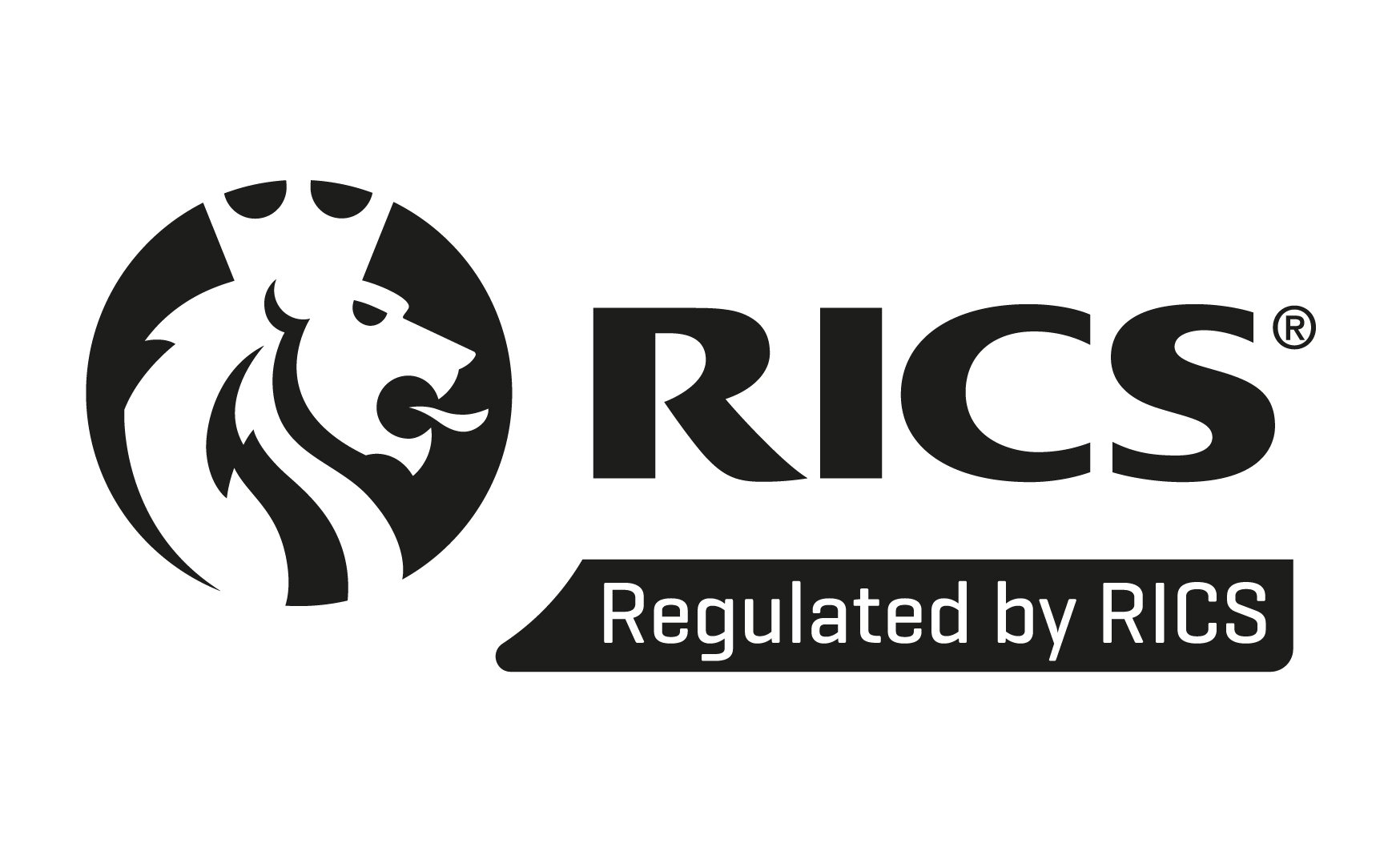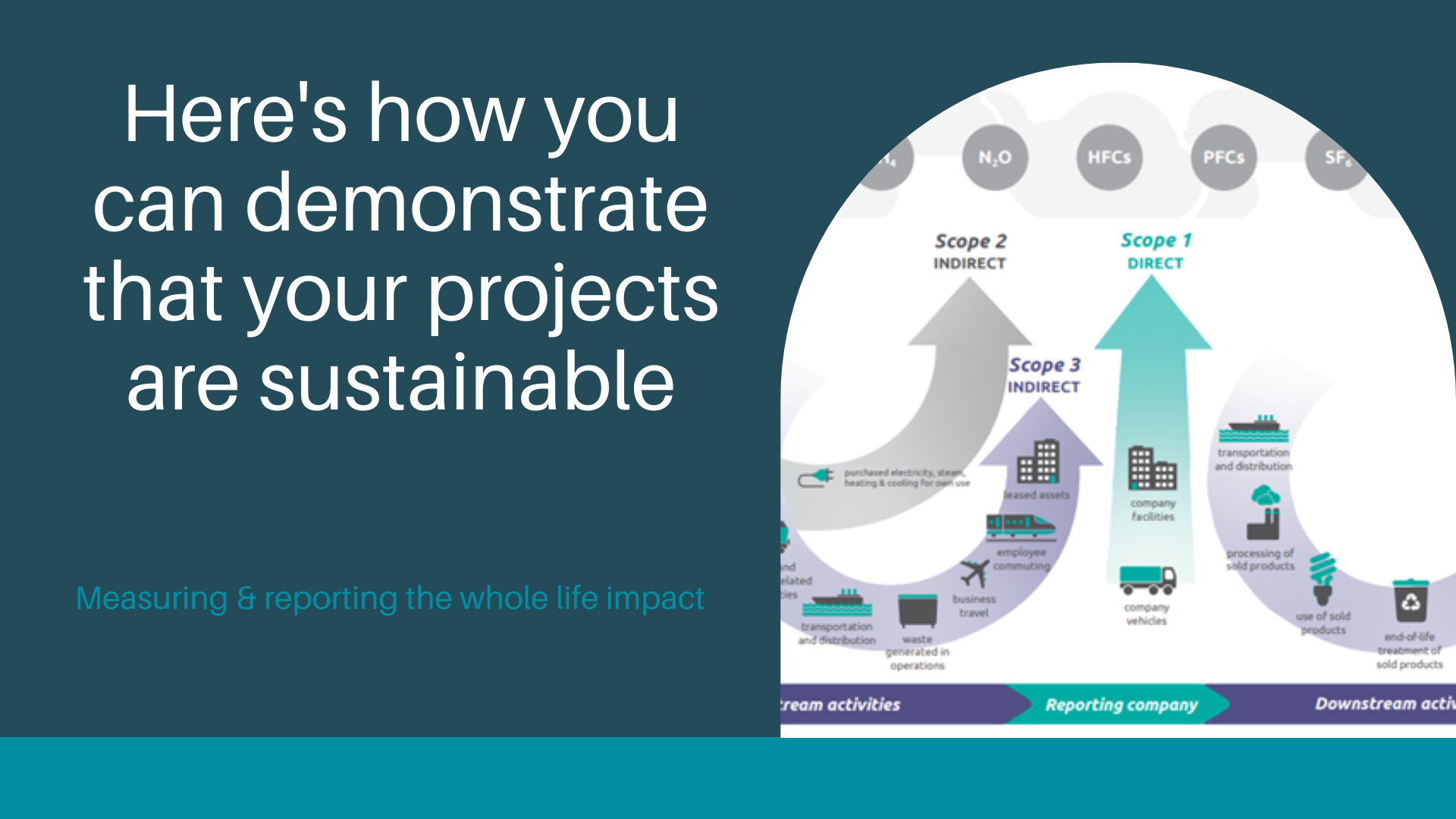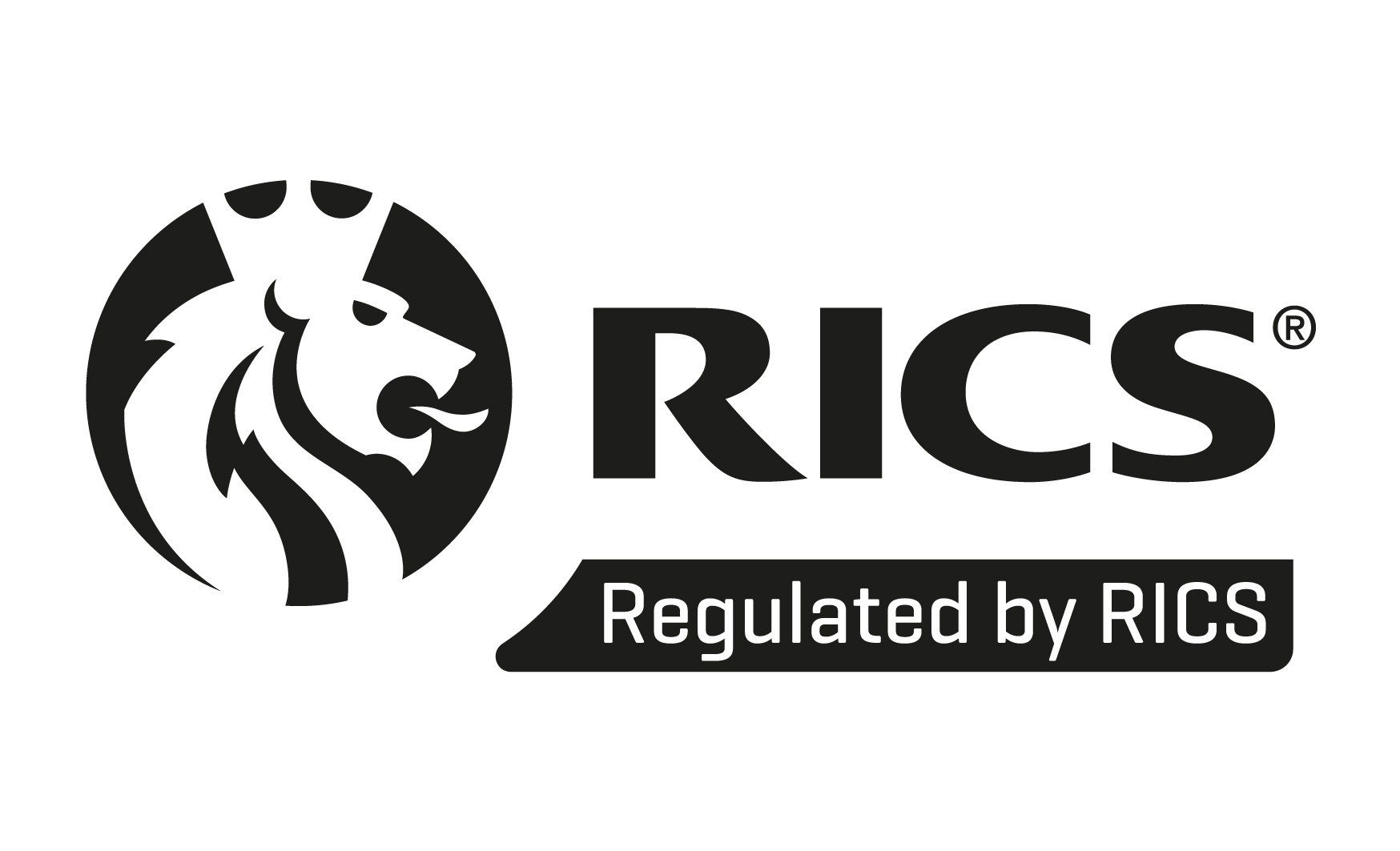Ensure your suppliers deliver service level agreements that match end user satisfaction
Ensure your suppliers deliver service level agreements that match end user satisfaction

Operator Expectations
The owner or operator of a facility requires that their assets are available when and where they need them. In many settings, this means they need to be available at all times that paying customers will be present.
Put yourself in the shoes of the customer; if you were to turn up to a location to find the service unavailable due to an out of action piece of kit. And if you go back the next day, or the next week, and its still out of action, or “down” again – you can probably guess what your reaction and ultimate visiting habits might be.
We have always found that operators and their customers primarily demand 3 over-arching things from the maintenance of their assets:
- Availability (i.e. doesn’t break often, and if it does break, it’s fixed promptly)
- Cost effective repair
- A safe, clean and welcoming environment
Each of these can be further elaborated on with the operator to meet their situation-specific needs, which we would expect will evolve over time as the service improves.
All of that sounds great, but what is the reality we find when we start to work with operators, or when we are told by service contractors just how good they are at delivering their service levels?
Almost always, the service contractor will tell you how they deliver a really high customer satisfaction or a service level agreement (SLA) percentage somewhere upwards of 95%. So often though, when you speak to the operator, there will be countless examples of customer dissatisfaction.
So what’s going on?
Respond – yes, but, do they fix?
The overly positive, contractor-reported KPI and SLA performance can sometimes seem at odds with the level of satisfaction actually occurring.
Data deep dives by experts can reveal the true underlying performance, allowing the implementation of improvement plans, and consideration of the introduction of improved data tracking or workflow management systems to better manage the data in the future to report the real performance.
A common example we see is where the contractor will report that they have attended the site 95% of the time within the contracted SLA. BUT, what they don’t mention is that the SLA (which they often wrote to suit themselves) only states that they’ll turn up and “investigate”. The poor site operator is then left with a wait (often for an un-regulated duration) for an actual fix, whilst the contractor happily reports to the client that the job is “within SLA”. There is no fix, certainly not first time, and no SLA to govern how long it will take to return and complete the job (nor control what it might cost).
That probably sounds ridiculous (especially to newer or less experienced operators), but, we find it again and again and again (we could continue). (There are many commercial reasons for this phenomena.)
As well as “respond and fix”, many other measurables are often overlooked in service contractor contracts, meaning that the client/operator is left with:
- Long periods of down-time
- No way of knowing when things will be “back up and running”
- Repeat failures (especially of popular frequently-used items)
- Increased hassle and admin chasing up the status of jobs
- Poor commercial controls
- And the list could go on…..
which can lead to the ultimate problem,
A LOSS OF THEIR PAYING CUSTOMER'S BRAND LOYALTY
Sense check
If you have a network of very diverse equipment, for example a lot of different models and manufacturers, or ageing assets, then the service contractor’s engineers are less likely to always have the spare parts they need within their van stock.
Where assets are over around 10 years old, many types of parts (and especially electronic boards) can increasingly only be sourced through the refurbishment of older assets, so supply can be constricted. Refurbished parts (essentially second hand) may not perform as well as new components.
It is always worth taking a sense check of the age and diversity of your assets before you demand and pay for a contractual service level that might never be achieved. (It may be time to consider your life cycle replacement strategy if the uptime of these assets is critical to your operations). That's not to say that you shouldn't seek to better manage your SLAs, our experience tells us that you should always be doing this to get the most from your assets, and to provide satisfaction for your customers.
By the way,
If you are just in the process of developing and expanding your network you will have SLA management to “look forward to” as your estate matures.
Whose data is it anyway?
As we explained in our article on benchmarking, there can be difficulties in obtaining clarity and quality of data. Most organisations have at least some data, some have a lot of data. But, is the data we have useful, and can it be used to drive improvements? Our article on maintenance data provides a range of the benefits which can be derived, and these benefits can all have an impact on the way SLAs are managed.
The source issues of insufficient or inappropriate data which we have often come across for service level tracking include:
- The service provider contracts not being drafted appropriately
- The client does not have access to or ownership of the data
- Service providers are not necessarily willing or able to provide the right types of data
A solution?
Our experience tells us that there are various ways in which service level performance can be firstly understood, and then improved.
- Workflow mapping by experts to understand how the delivery process stands up to best practice will uncover deficiencies in the set up.
- Service contract reviews identify imbalances between client needs and actual terms and conditions.
- CAFM system optimisation can derive improved collation, timeliness and control of appropriate data.
- Supplier performance management by experts, or by trained and mentored team members can have an ongoing effect on the service
contractor’s attitude to delivering satisfaction (and perhaps to renewing their contract in the longer term).
- Re-drafting client-centric SLs, which are both focused and specific to the needs of the day.
There is of course much more that can be said on this topic. Evenlode has extensive experience of both designing and implementing service level management to new and expanding estates, as well as providing service level recovery to existing networks, to drive the resulting improvements in your asset performance and ensure you’re getting the most out of your service contractors and of course,
keeping your paying customers satisfied with your offer, and loyal to your brand.











